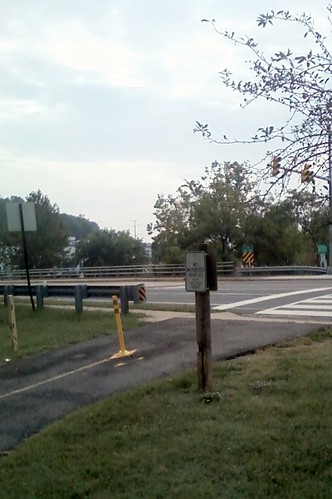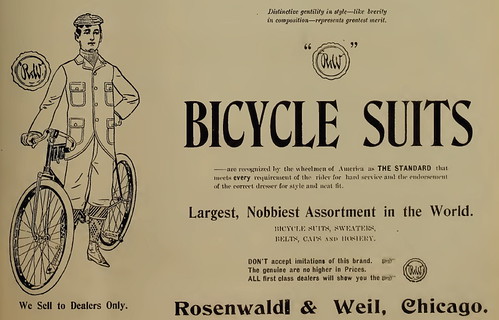 Travels with Willie: Adventure Cyclist by Willie Weir
Travels with Willie: Adventure Cyclist by Willie WeirMy rating: 3 of 5 stars
This is a compilation of columns Willie Weir wrote for Adventure Cyclist magazine. Weir's role in that magazine, it seems, is to provide an article each issue that serves to motivate its readers to further exploits in the activity known as "adventure cycling." Given that the readers of the magazine are all members of the Adventure Cycling Association, there is a certain "preaching to the choir" element to this, and Weir chooses to focus on a narrow part of the activity, the opportunity to meet, talk and even bond with people through travel by bicycle.
Weir's view is that world travel by bicycle is exceptional because one's bicycle serves as a way to present yourself to others that opens up conversations in ways that other travel does not. Almost all of the 42 chapters in this book serve as examples of how that has worked for him - from Turkey to Thailand to different parts of North America. So most of the detailed anecdotes are about the different people he met - how they met, how they spent time together, and so on.
Of course most "bicycle-travel" literature focuses heavily on the "human relations" aspect of the trip, but here there is rather little of anything else. One realizes eventually that he sometimes rides with his wife on a tandem and sometimes they take separate bikes, but there is perhaps one sentence about the implications of undertaking such trips with one's spouse - how they make it work. There is one anecdote about getting bicycles onto flights as checked baggage without paying a "bicycle fee" but there could be many such stories about having a bicycle during international travel that seem like missed opportunities (one guesses . . . ).
Presumably this monochromatic aspect is the result of a book that is compiled from short articles that each had roughly the same goal and weren't intended to serve as part of a long narrative. I'm not saying I didn't find it enjoyable to read - mostly I did - but it became clear after about 50 pages that this wasn't really going anywhere it hadn't been already except to swap in different locations.
Weir's style also became a little fatiguing over the length of a book. His average paragraph has (I'm estimating) two sentences, but there are quite a few paragraphs of one sentence. If you pause to consider what you know about writing it seems like he could have consolidated a lot of these little paragraphs into longer ones that flow better. What may work fine as an article doesn't necessarily work for extended reading.
The book has some black and white photographs - these serve to show the scenery occasionally mentioned as another benefit of adventure cycling. Some of the photos are quite good.
View all my reviews







